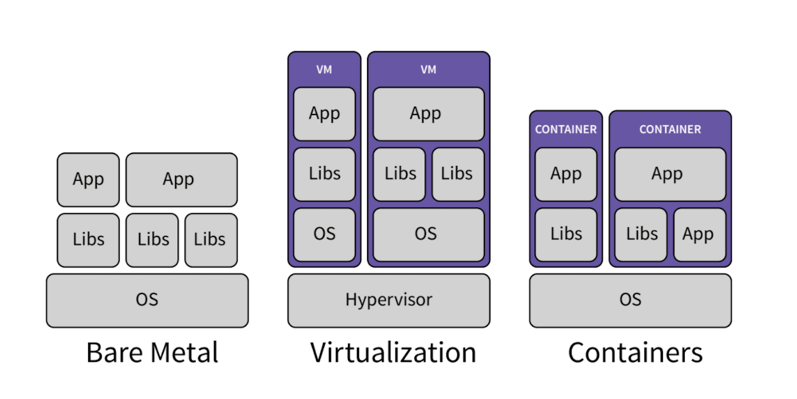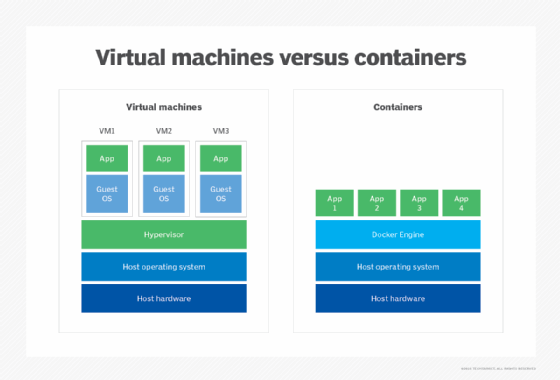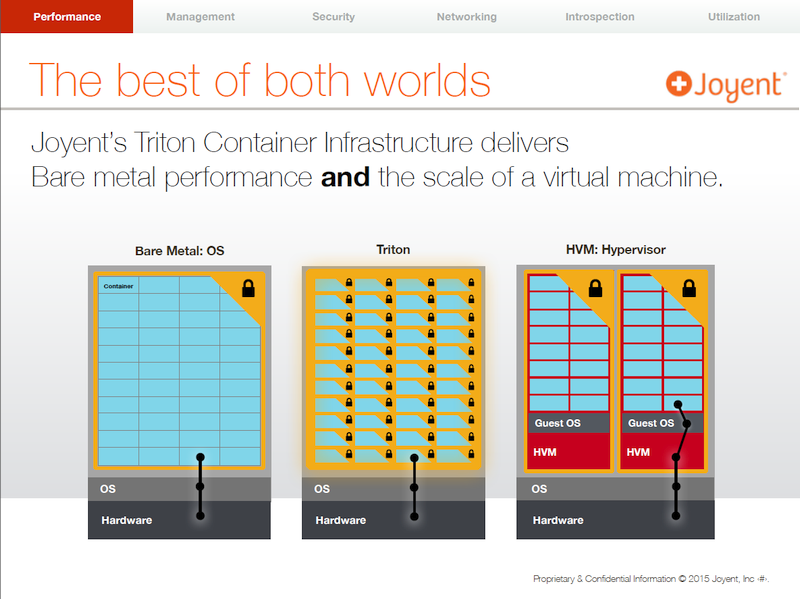By their very nature containers have all the resources they need to run including their own filesystems and network stacks which allows many.
Bare metal server vs vm vs container.
The simplest and most efficient way to run containers is to run them on bare metal machines rather than virtualized machines.
Vm deployment keep in mind that container architecture differs from vms.
When deciding on bare metal vs.
For one thing this eliminates the overhead of the host operating system or both the hypervisor and the guest operating system if running the container in a virtual machine.
There are plenty of advantages to running containers on bare metal servers.
In this respect bare metal containers give you the best of both worlds.
As shown below the performance of containers running on bare metal was 25 30 better compared to running the same workloads on vms in both cpu and io operations.
There is controversy around whether bare metal will vanquish virtualized servers over the long term and running containers on bare metal is still far from mainstream.
Containers are an os level isolation technology while vms isolate applications each with a separate os.
A container is an application execution environment that runs on top of a container engine which sits on an os.
Containers running on bare metal are portable between different hosts in a way that non containerized bare metal apps are not.
A vm is a software based computer on a hypervisor.
The performance advantage of bare metal apps with the portability traditionally available only from virtual machines.
Containers running on bare metal utilize system resources more efficiently than vm based containers.
Or you could run your apps inside containers on bare metal to get the best of both worlds.








